Stroganoff has captivated home cooks for generations with its rich, creamy sauce and satisfying comfort food appeal. This vegan interpretation transforms the classic Russian dish into a plant-based masterpiece that delivers all the indulgent flavors of the original while embracing modern dietary preferences. By focusing on mushrooms as the star ingredient, this recipe creates layers of umami-rich flavor that make even the most devoted meat-eaters forget they’re eating a completely plant-based meal.
The beauty of vegan mushroom stroganoff lies in its ability to satisfy multiple sensory experiences simultaneously. The earthy depth of properly caramelized mushrooms, the tangy richness of the cream sauce, and the aromatic blend of herbs and spices create a harmonious dish that feels both familiar and exciting. This isn’t simply a substitute for traditional stroganoff—it’s a celebration of how plant-based ingredients can create extraordinary culinary experiences.
Essential Ingredients and Their Roles
The Foundation:
- 1 pound sliced mushrooms (the star of our show)
- 1 medium onion, diced (aromatic foundation)
- 4 cloves garlic, minced (flavor enhancement)
- 2 tablespoons olive oil (cooking medium and richness)
The Sauce Architecture:
- 2 tablespoons all-purpose flour (thickening agent)
- 2 cups vegetable broth (liquid base and flavor carrier)
- 1 tablespoon soy sauce (umami depth and color)
- 1 tablespoon Dijon mustard (tangy complexity and emulsification)
The Flavor Profile:
- 1/2 teaspoon smoked paprika (warmth and smokiness)
- 1/2 teaspoon dried thyme (herbal earthiness)
- 1/2 teaspoon salt (flavor enhancement)
- 1/4 teaspoon black pepper (subtle heat and complexity)
The Finishing Touch:
- 1/2 cup vegan sour cream (creamy richness and tang)
- 8 ounces pasta, cooked according to package instructions (the canvas)
Each ingredient serves a specific purpose in creating the final dish’s complex flavor profile and satisfying texture.
Masterful Cooking Technique
Phase One: The Mushroom Foundation Begin by heating olive oil in a large skillet over medium-high heat. The temperature is crucial here—too low and the mushrooms will steam rather than caramelize, too high and they’ll burn before developing proper flavor. Add the mushrooms in a single layer, avoiding overcrowding which would create steam and prevent browning. Cook for 5-7 minutes, stirring only occasionally to allow proper caramelization. Watch for the mushrooms to release their moisture and develop golden-brown edges. This Maillard reaction creates the deep, complex flavors that form the dish’s foundation.
Phase Two: Building Aromatic Complexity Introduce the diced onion and minced garlic to the caramelized mushrooms. The onion should cook until translucent, approximately 2-3 minutes, while the garlic needs just enough time to become fragrant without browning. This combination creates an aromatic trinity that will permeate the entire sauce with foundational flavors.
Phase Three: Creating the Thickening Base Sprinkle flour evenly over the mushroom mixture, stirring continuously to ensure even distribution. This creates a roux that will thicken the sauce while preventing lumps. Cook the flour for about sixty seconds to eliminate any raw taste while maintaining the golden color of your caramelized vegetables.
Phase Four: Sauce Development Gradually add vegetable broth while whisking constantly to prevent lumps from forming. This technique, known as tempering, ensures a smooth, silky sauce. Incorporate soy sauce for umami depth, Dijon mustard for tangy complexity, smoked paprika for warmth, dried thyme for herbal notes, salt for overall flavor enhancement, and black pepper for subtle heat.
Phase Five: The Simmering Transformation Reduce heat to medium-low and allow the sauce to simmer for 10-15 minutes, stirring occasionally. During this crucial period, the sauce will reduce by approximately one-third, concentrating flavors while achieving the proper consistency. The mixture should coat the back of a spoon when ready.
Phase Six: The Creamy Finale Remove the pan from heat before stirring in vegan sour cream. This prevents curdling while creating the characteristic tangy creaminess that defines authentic stroganoff. The off-heat addition ensures smooth incorporation and maintains optimal texture.
Professional Tips and Variations
Mushroom Selection Strategy: While standard button mushrooms work adequately, combining different varieties creates exceptional depth. Cremini mushrooms offer robust earthiness, shiitake provides meaty texture and umami richness, while oyster mushrooms contribute delicate flavor and interesting textural contrast. Portobello mushrooms, when diced, add substantial bite and intense flavor.
Flavor Enhancement Techniques: Professional chefs often add tomato paste during the onion cooking phase for subtle sweetness and enhanced color. A splash of white wine or dry sherry before adding broth introduces sophisticated acidity. Nutritional yeast provides additional umami and slight cheesy undertones that complement the overall flavor profile beautifully.
Texture Optimization: Reserve some mushroom slices to add during final cooking minutes for varied textures throughout the dish. Consider substituting cashew cream for vegan sour cream to achieve ultra-rich consistency. If the sauce becomes too thick, thin gradually with plant milk or additional broth.
Serving Excellence and Presentation
Traditional Pasta Pairings: Wide egg noodles provide authentic texture and historical accuracy, but broad pasta shapes like pappardelle or fettuccine capture the creamy sauce effectively. The generous surface area of these pasta types allows optimal sauce adherence and flavor distribution.
Creative Base Alternatives: Serve over fluffy mashed potatoes for ultimate comfort food appeal, or try rice pilaf for lighter dining. Creamy polenta offers interesting textural contrast while providing a neutral canvas for the rich sauce. Each base interacts differently with the sauce, creating unique dining experiences.
Garnishing and Final Touches: Fresh herbs transform both flavor and visual appeal. Traditional dill provides authentic Russian influence, while fresh parsley adds brightness and color. Chives contribute mild onion flavor with attractive visual contrast. A light squeeze of fresh lemon juice before serving brightens the rich sauce and adds acidic balance.
Storage Solutions and Meal Planning
This stroganoff improves with time as flavors meld together beautifully. Store refrigerated for up to four days in airtight containers. The sauce naturally thickens when cooled but returns to proper consistency when gently reheated with additional liquid.
For optimal meal preparation, store sauce and pasta separately to prevent overcooking and maintain ideal textures. The sauce freezes successfully for three months, though slight textural changes may occur upon thawing.
This comprehensive approach to vegan mushroom stroganoff ensures consistent, restaurant-quality results that satisfy both comfort food cravings and nutritional requirements while celebrating the incredible potential of plant-based cooking.

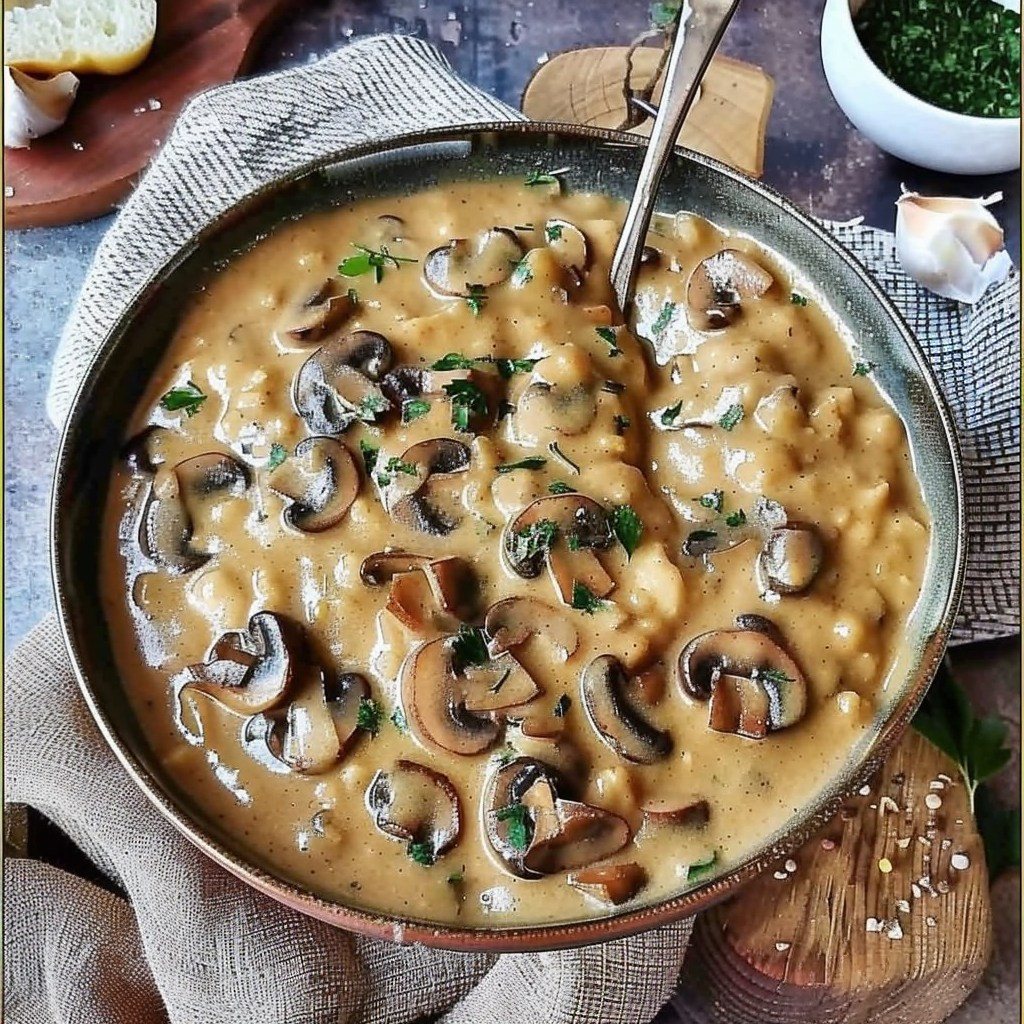

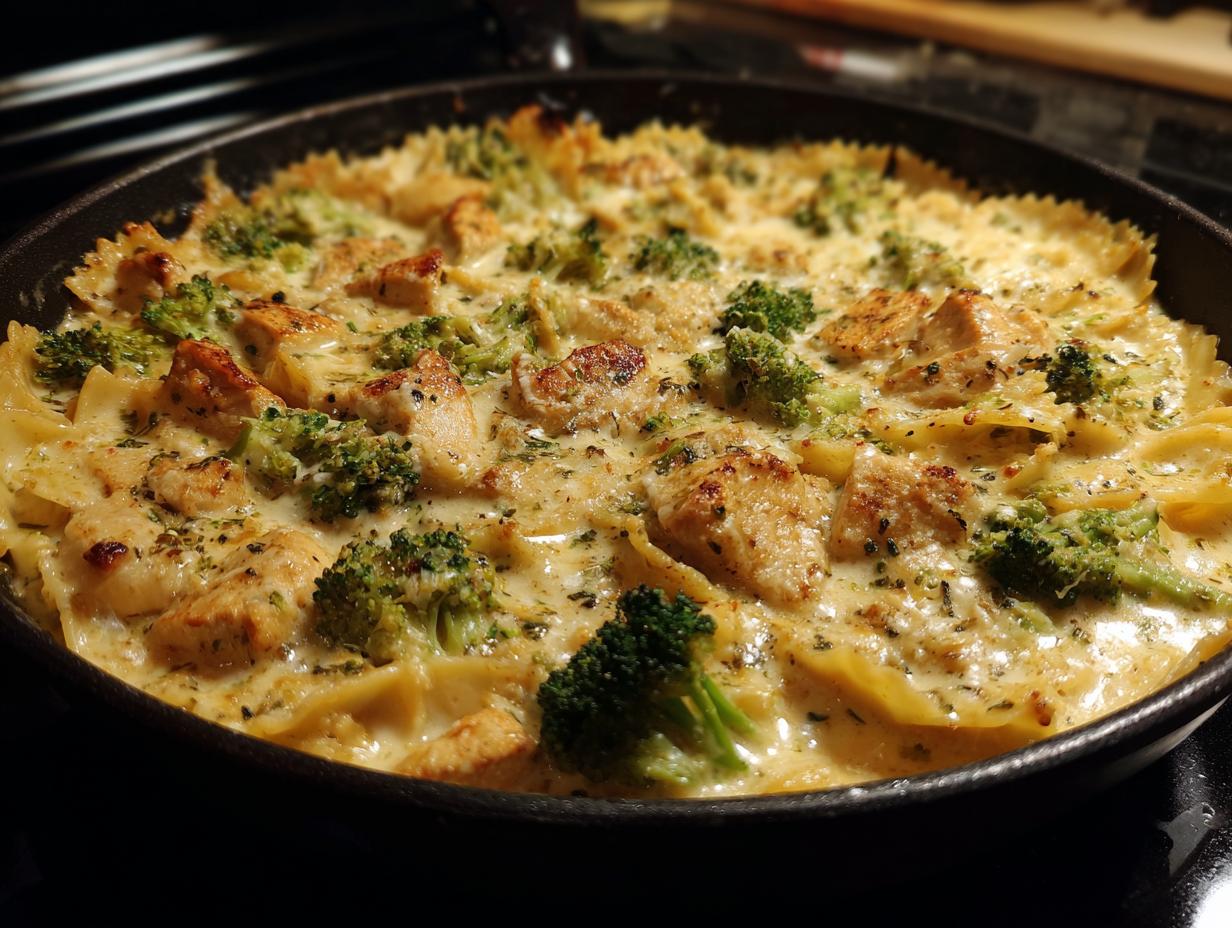
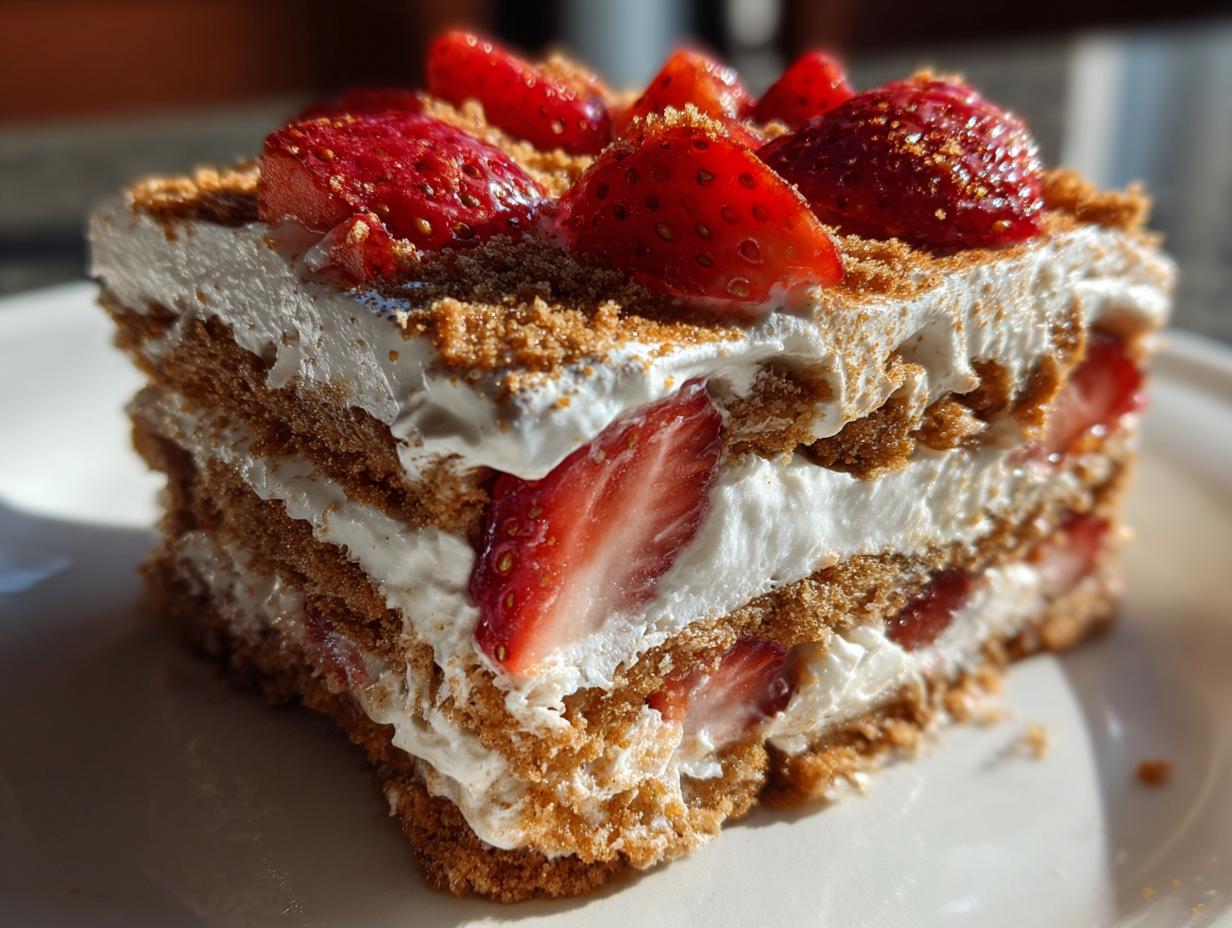
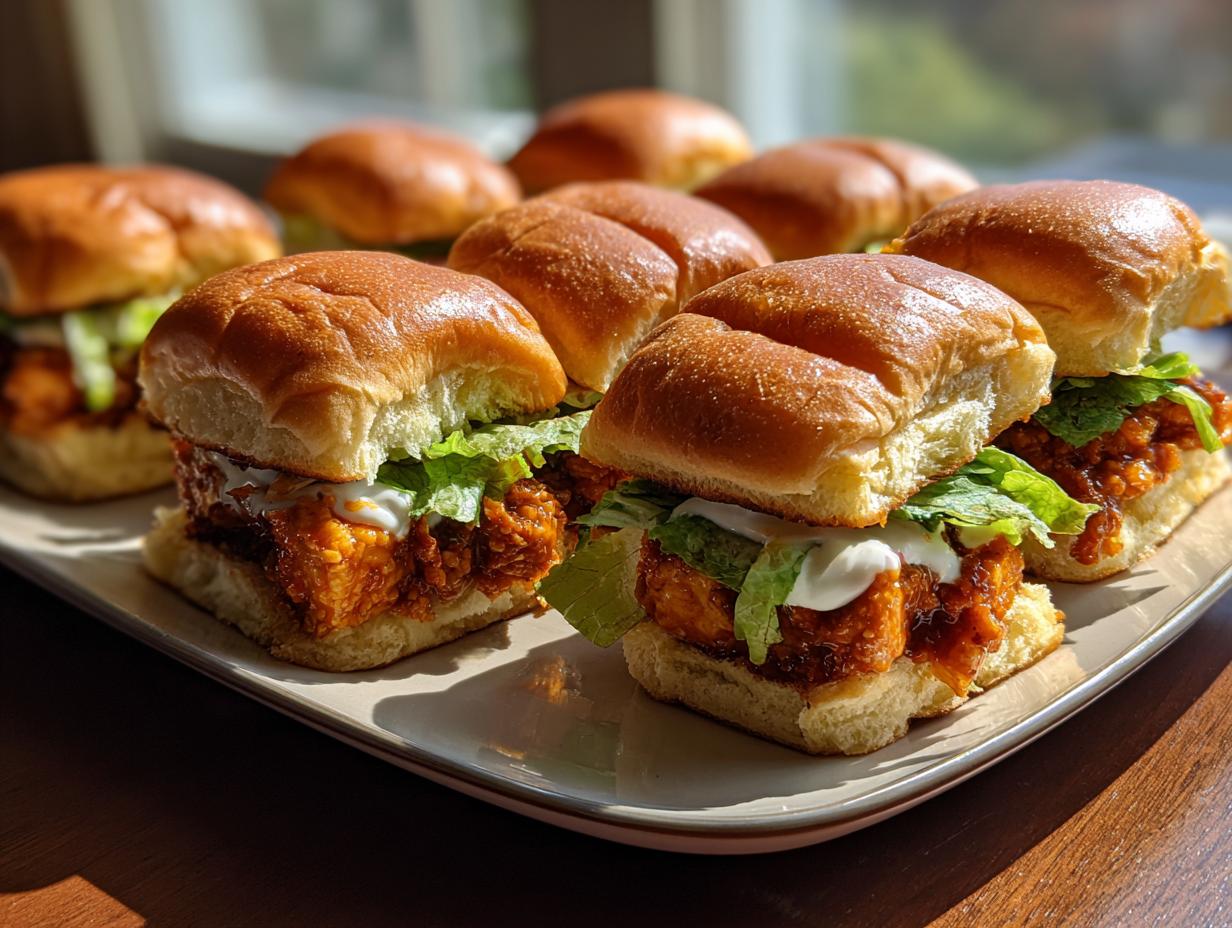
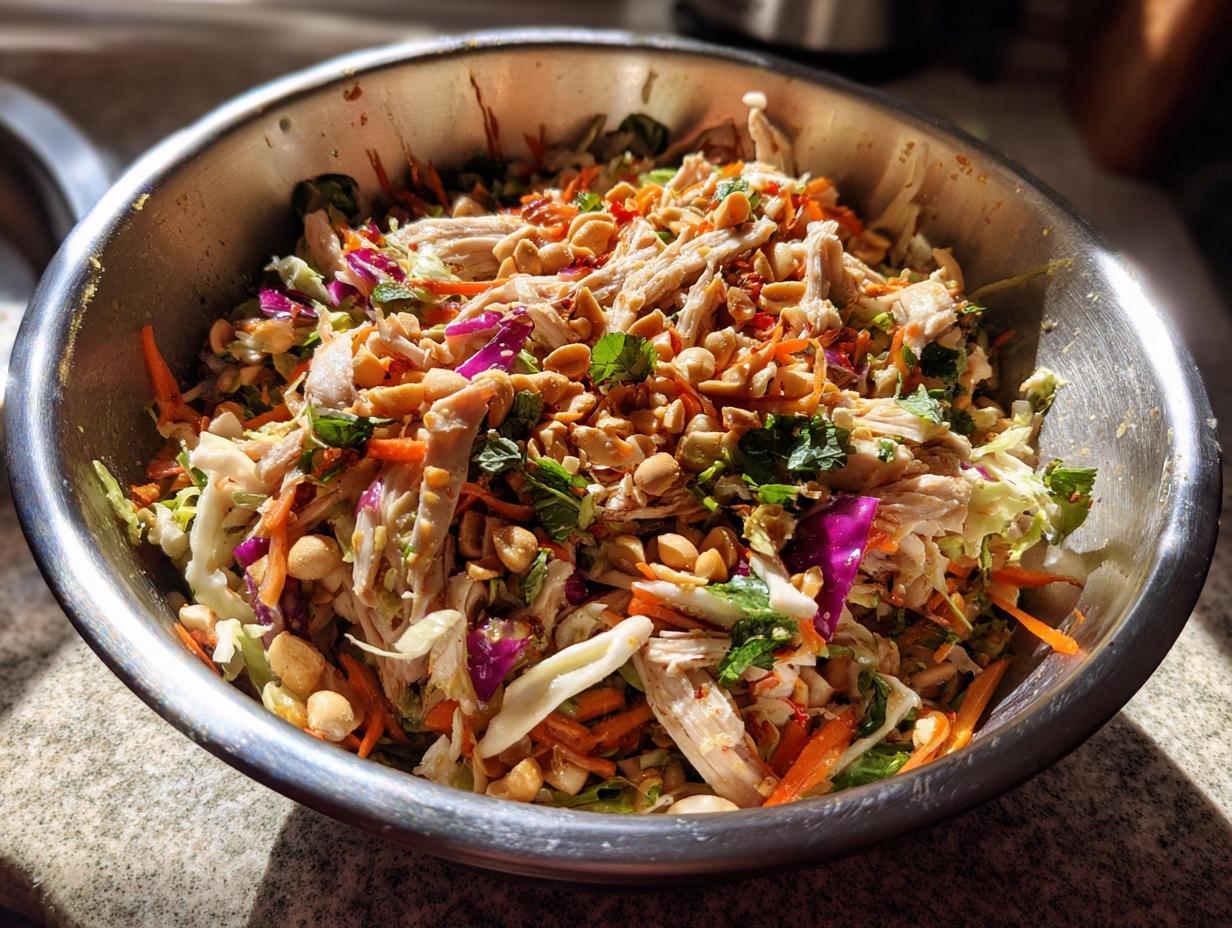
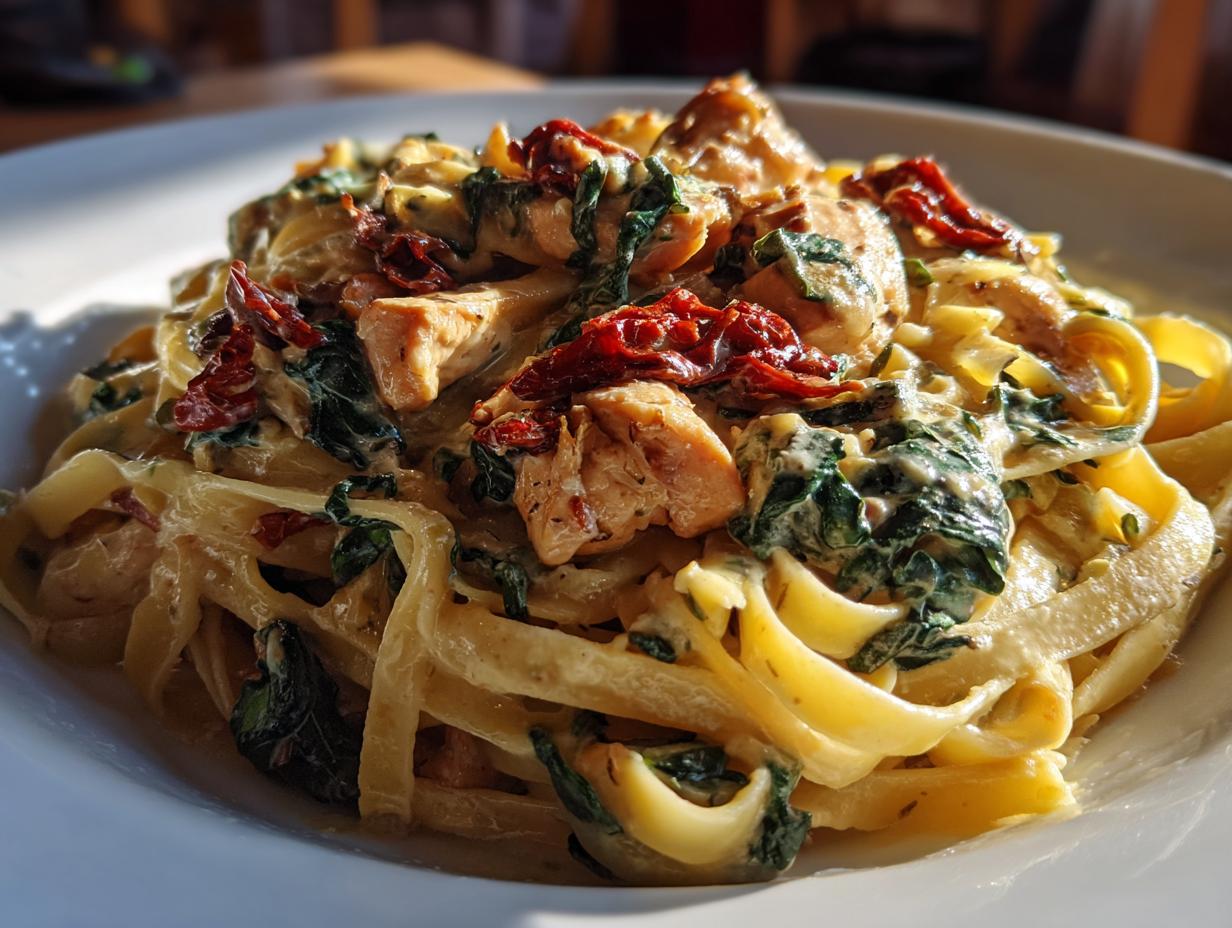
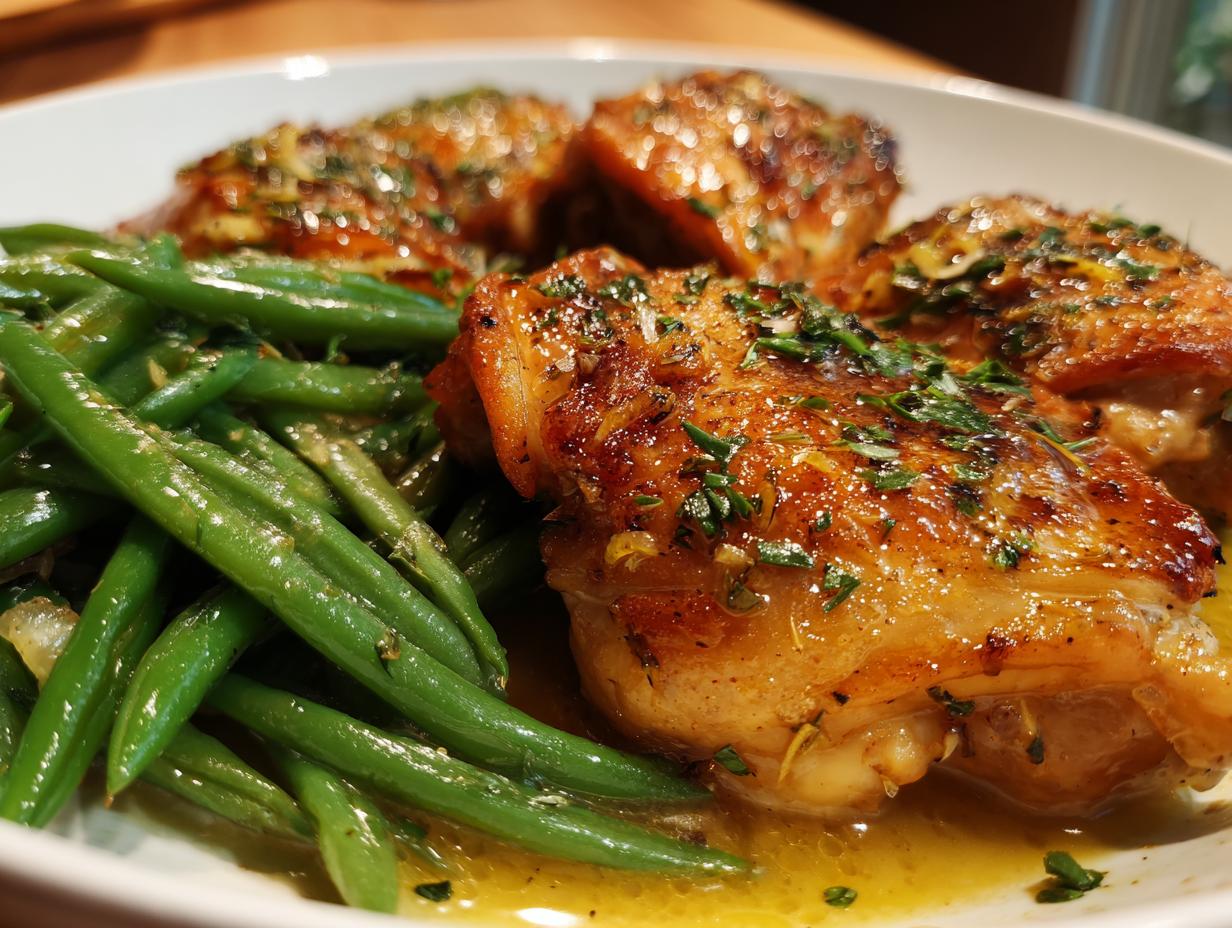
I’m amazed, I have to admit. Rarely do I come across a blog that’s both educative and entertaining, and without a doubt, you’ve hit the nail on the head.
The issue is something that too few folks are speaking intelligently about.
I am very happy that I found this in my hunt for something
regarding this.
My blog post cheap twitter retweets